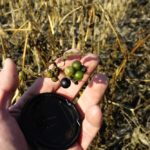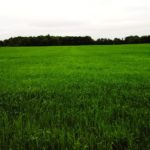
Tough news on fleabane
It takes a well thought out plan to keep glyphosate-resistant Canada fleabane in check

The more you spend, the less they work
If you want to keep using herbicides, give them an occasional rest and try a winter cereal or a heavier seeding rate

Step one: Identify your weed enemy
Step two: Identify the best means to combat it. Here are some ways to help determine the treatments for weeds, insects and diseases

Who’s to blame?
Variable-rate technology is getting adopted, but not nearly as quickly as many farmers would like. Finally, this may soon change.

Improving nature
Corn and the environment can work hand-in-hand, and thanks to our farmers, in many cases, they already do

When you need great crop advice
Some tips on choosing the right person to help navigate the maze of new crop varieties and technologies

Manage down-force
New monitors and individual-unit controls give growers a better shot at top yields

Is strip tillage a residue solution?
We don’t want to see a step backward in reduced-tillage practices. So how can canola growers improve seed survival and crop uniformity in challenging residue situations?

Dry weather weed control in IP soybeans
Weed control in IP soybeans is always a challenge. This year, it was nearly impossible… but not on all farms

Pest Patrol: Farmers are reducing weed seed return after cereal harvest
#PestPatrol with Mike Cowbrough, OMAFRA


